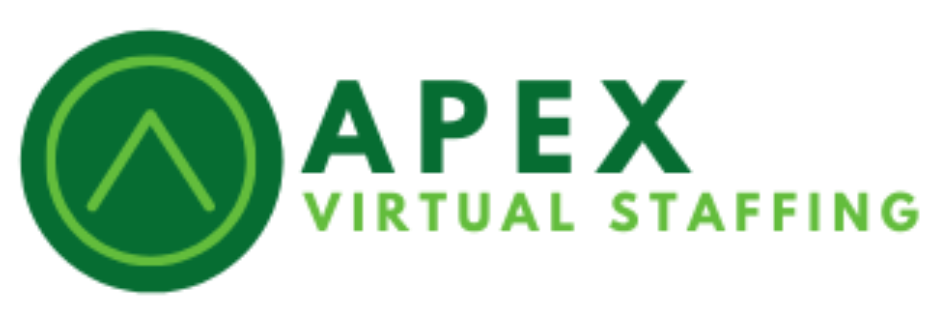Hybrid Work Technology: Tools for Seamless Collaboration
Hybrid Work Technology: Tools for Seamless Collaboration
In this era of unprecedented global shifts, the traditional office has undergone a metamorphosis. The emergence of hybrid work – a harmonious blend of remote and in-person collaboration – now defines the landscape. But this transformation isn’t merely about physical spaces; it’s a call for a technological revolution that bridges the gap between the tangible and the digital.
Embracing the Hybrid Work Ethos
Gone are the days of rigid schedules and fixed cubicles. Today, employees revel in newfound autonomy over their work environment. Hybrid work, with its flexible approach, grants individuals the liberty to choose where and when they contribute best. Yet, this liberation isn’t without its challenges. Communication and collaboration, once facilitated by water cooler chats and shared desks, now require innovative solutions.
Enter the Hybrid Work Toolkit
Meet hybrid work technology – an ecosystem of dynamic tools designed to empower teams across geographical boundaries. These solutions transcend physical limitations, fostering seamless collaboration. Whether it’s virtual brainstorming sessions or project management, these tools form the bedrock of modern teamwork, allowing ideas to flow freely and goals to be achieved collectively.
Unified Communication Platforms: The Nexus of Collaboration
Unified communication platforms lie at the heart of effective collaboration in this hybrid work environment. These tools weave together various communication channels – messaging, video conferencing, and voice calls – into a single interface. Imagine a hub where team members seamlessly interact, regardless of their physical location. Microsoft Teams, Slack, and Zoom have emerged as indispensable assets, offering real-time messaging, file sharing, and virtual meeting rooms.
Project Management Solutions: Orchestrating Order in Chaos
In the distributed work environment, tracking tasks and projects can feel like herding cats. Project management solutions step in, providing a centralized platform for organizing, assigning, and monitoring tasks. Picture a digital control center where team members stay aligned, deadlines are met, and projects flow smoothly. Asana, Trello, and Monday.com empower teams to create workflows, collaborate on documents, and uphold transparency and accountability.
Virtual Collaboration Tools: Where Creativity Takes Flight
Collaboration transcends mere communication and spreadsheets; it’s about ideation and creativity. Virtual collaboration tools like Miro, MURAL, and Google Workspace transform the digital canvas into a dynamic whiteboard. Here, teams sketch out ideas, create mind maps, and co-author content in real time. The physical boundaries dissolve, allowing creativity to flourish irrespective of where team members are located.
Document Collaboration Platforms: The Symphony of Simultaneous Edits
For remote and hybrid teams, seamless document collaboration is non-negotiable. Google Docs, Microsoft 365, and Dropbox Paper orchestrate this symphony. Multiple users edit, comment, and track changes simultaneously. No more endless email threads or version control woes – just streamlined collaboration where ideas flow freely and documents evolve harmoniously.
Knowledge Management Systems
As teams become increasingly dispersed, the need to capture, organize, and share knowledge becomes paramount. Knowledge management systems, such as Confluence, Notion, and Evernote, provide centralized repositories for storing information, documents, and best practices. These platforms facilitate knowledge sharing and collaboration, ensuring that vital institutional knowledge is preserved and accessible to all team members, regardless of their location or time zone.
The Advantages of Hybrid Work Technology
The adoption of hybrid work technology offers a myriad of benefits for organizations and individuals alike.
Flexibility and Autonomy
Hybrid work technology enables employees to work from anywhere, at any time, granting them unprecedented flexibility and autonomy over their work schedule. This flexibility not only enhances work-life balance but also allows organizations to tap into a global talent pool, regardless of geographical constraints.
Improved Communication and Collaboration
By providing seamless communication and collaboration tools, hybrid work technology fosters stronger connections and more effective teamwork among remote and in-office employees. Real-time messaging, virtual meetings, and collaborative document editing facilitate fluid communication and ensure that no one is left out of the loop.
Increased Productivity and Efficiency
The streamlined workflows and enhanced collaboration facilitated by hybrid work technology translate into tangible gains in productivity and efficiency. With access to the right tools and resources, teams can work more effectively, make informed decisions, and deliver results faster, driving overall business success.
Cost Savings and Sustainability
Embracing hybrid work can lead to significant cost savings for organizations, as it reduces overhead expenses associated with maintaining physical office spaces. Moreover, by minimizing the need for daily commutes, hybrid work technology contributes to a reduction in carbon emissions and promotes environmental sustainability.
Overcoming Challenges and Embracing the Future
While hybrid work technology offers immense promise, its successful implementation requires careful planning and consideration. Organizations must address challenges such as digital equity, cybersecurity, and employee well-being to ensure that the transition to hybrid work is smooth and sustainable.
Digital Equity
To truly harness the benefits of hybrid work, organizations must ensure that all employees have access to the necessary technology and resources. This includes providing reliable internet connectivity, access to hardware devices, and training on how to use collaboration tools effectively. Addressing disparities in digital access and literacy is essential to fostering an inclusive work environment where all employees can thrive.
Employee Well-being
The blurring of boundaries between work and personal life in a hybrid work environment can take a toll on employee well-being. Organizations must prioritize initiatives aimed at promoting work-life balance, fostering social connections among remote employees, and addressing issues of burnout and isolation. Regular check-ins, virtual team-building activities, and flexible work arrangements can help mitigate the negative effects of remote work and ensure that employees feel supported and valued.
The future of work is not a distant dream, but a present reality. Hybrid work technology is not a luxury, but a necessity. As we embrace this new way of working, we are not only transforming our organizations, but also ourselves. We are becoming more agile, more creative, and more connected. We are not only working smarter, but also happier. We are not only creating value, but also meaning. This is the future of work, and it is ours to shape. Let us make it a future we can be proud of.
Does this solution fit your need or would you like to learn more? We would love the opportunity to serve you. For client inquires, please email our team at Inquires@ApexVirtualStaffing.com











